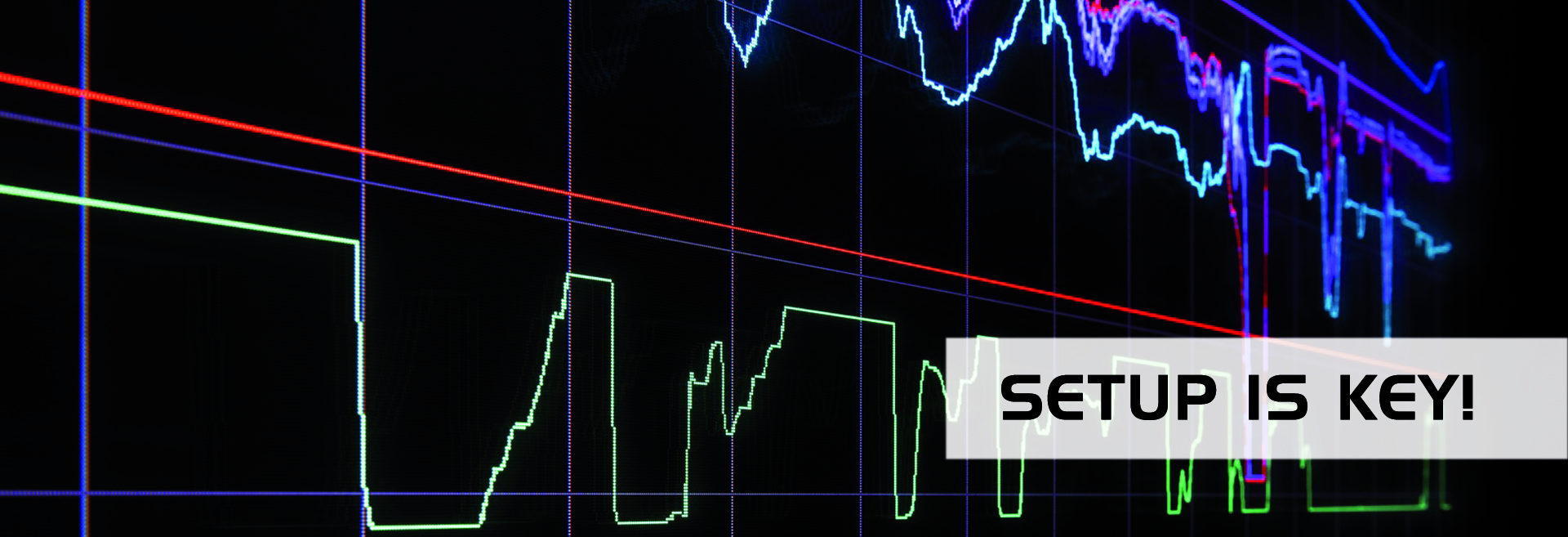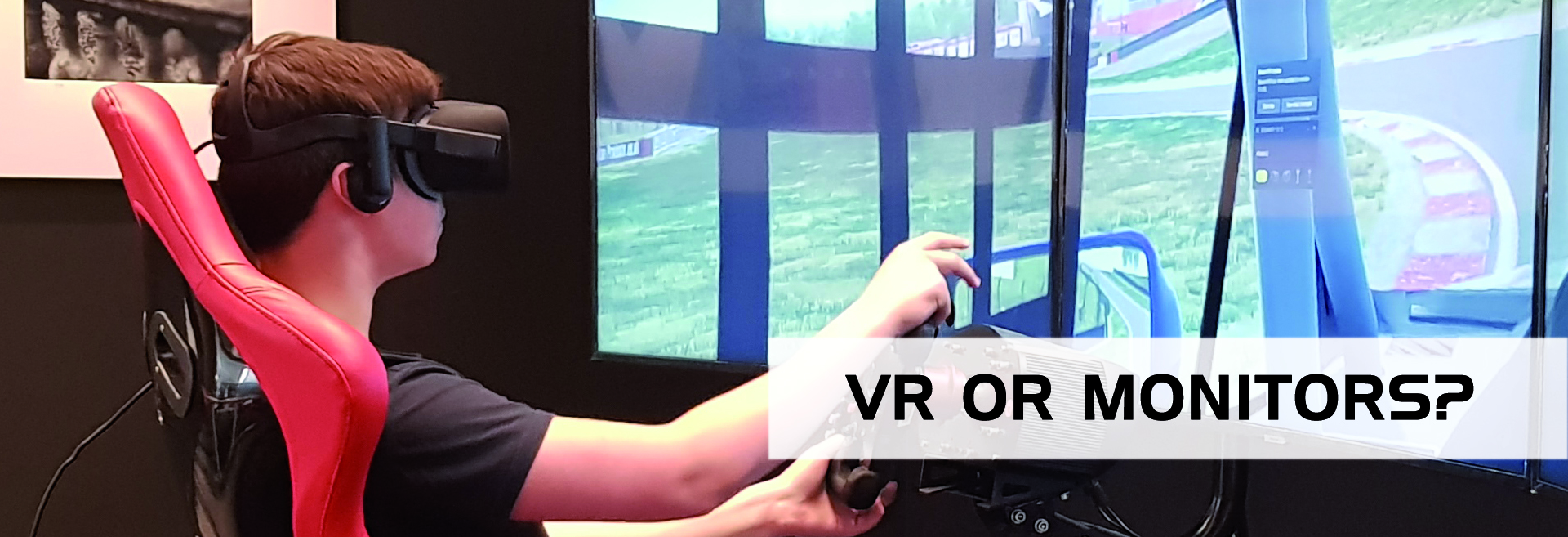
Welcome to our 2025 buyer's guide for professional racing simulators. We'll guide you step-by-step through each element of these advanced machines. By the end, you'll be equipped with the knowledge to make an informed purchasing decision.
Racing simulators, like other advanced technology products, can vary significantly in quality and specifications. Identifying your budget is the first step. Our prices range from £9,000 to over £100,000 for commercial bespoke installations, so defining your price range will help narrow down the available options.
This decision is closely tied to budget. We don't believe that a Console-based "simulator" can offer a similar experience to PC based systems. Consoles have limitations such as steering and pedal input lag, which can affect realism. For professional and advanced applications, we recommend a PC-based simulator.
This debate has been ongoing in the sim racing community. At PRS, we believe you shouldn't have to compromise. Our chassis designs are both robust and visually appealing, with no flex in the rigs. Ergonomics are a priority, ensuring maximum comfort during use.

What sets a great simulator apart from a mediocre one? Setup! The supplier's expertise is crucial. Companies with motorsport backgrounds are more likely to deliver accurate simulations thanks to their real-world experience.
Accurate circuit models and vehicle data are essential for realistic simulations. Most sim retailers use similar software packages, but the difference lies in calibration and setup. We use only the best software tailored to your needs, whether for motorsport development, driver training, or home entertainment.
We work with the two leading manufacturers for our wheelbases, Fanatec and Simucube. Our high-quality steering options all utilise direct drive technology, delivering up to 32Nm of torque for the most immersive experience. Custom steering rims, including F1 replicas, are available upon request.
Our pedal options are all high-end components suitable for professional use. Budget pedals use potentiometers, while intermediate pedals feature load cells for improved brake feel. Our professional Ultimate+ pedal set offer load cells on all three pedals, also featuring hydraulic dampers for unmatched realism. Our pièce de résistance pedal set is the Active Pro from Simucube, it features force feedback technology normally only found in steering systems. This allows unlimited customisation and the most accurate pedal feel available on the market.

Monitors remain the primary choice in 2025, but VR technology has improved significantly with wider fields of view and higher resolution. Why not opt for both?
Absolutely worth it! Our Haptic Motion systems enhance immersion by replicating suspension travel, kerbs and road surfaces. Our standard 3 Degrees of Freedom systems emulate pitch, roll, and heave. Often motion systems are calibrated inaccurately in an attempt to emulate G-Forces. This is a flawed approach resulting in off putting motion cues which are distracting for pro drivers. We've found the greatest immersion is delivered by emulating subtle suspension movements and focusing on haptics to connect you to the tyres and track surface. Our ULTIMATE 6 Degrees of Freedom systems offer the most realistic motion experience at an accessible price point.
When purchasing a racing simulator, consider installation, support, and warranties. PRS provides free factory assembly, delivery, on-site installation (in mainland England & Wales), and a 2-year RTB warranty. We include a 1 year remote maintenance and tech support package with every simulator.
Prioritise control gear (steering and pedals), followed by visuals. Virtual reality, tactile feedback, and motion systems should be considered if the budget allows. Our personalised service ensures you get the perfect package tailored to your needs. Contact our sales team to discuss your requirements.